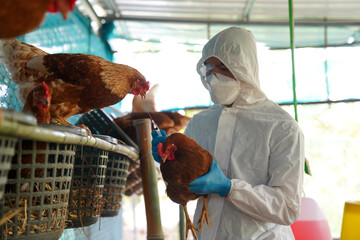Animals take medicine when they are sick: a few striking cases

Humans are not the only ones to use medicine to treat diseases. There’s even a science dedicated to animal self-medication: zoopharmacognosy, from the roots zoo (“animal”), pharma (“drug”), and gnosis (“knowing”). Who knew?
Our understanding of animals using medication has shifted over time. One of the earliest researchers in zoopharmacognosy established criteria for defining when an animal is using medicine.
The plant should not be a regular part of the animal’s diet, have no nutritional value, be consumed in time of the year when parasites are more active, and should only be used by a single animal at a time. These criteria are the most relevant with primates, which actively choose medication when they are sick (presumably, a similar practice was employed by early humans).
In addition to active learning, some animals learn innately (such as through natural selection), such as insects and other invertebrates with tiny brains. Other types of medicine use in animals are recognized, such as giving medicine to family members and using the same substance as usual but in higher quantities.
...
Bees
Honey bees often collect resins produced by plants and stick them onto their hive. In particular, they use resins as medication after a fungal infection. After being affected by harmful fungus, such as chalkbrood, the bees collect more resin than they do normally. As a test to see if increased amounts of resins can protect against fungal infections, researchers added resins to experimental bee colonies. The result: colonies with more resin had fewer fungal infections. Therefore, the resin is an effective type of medication.


